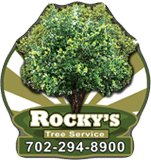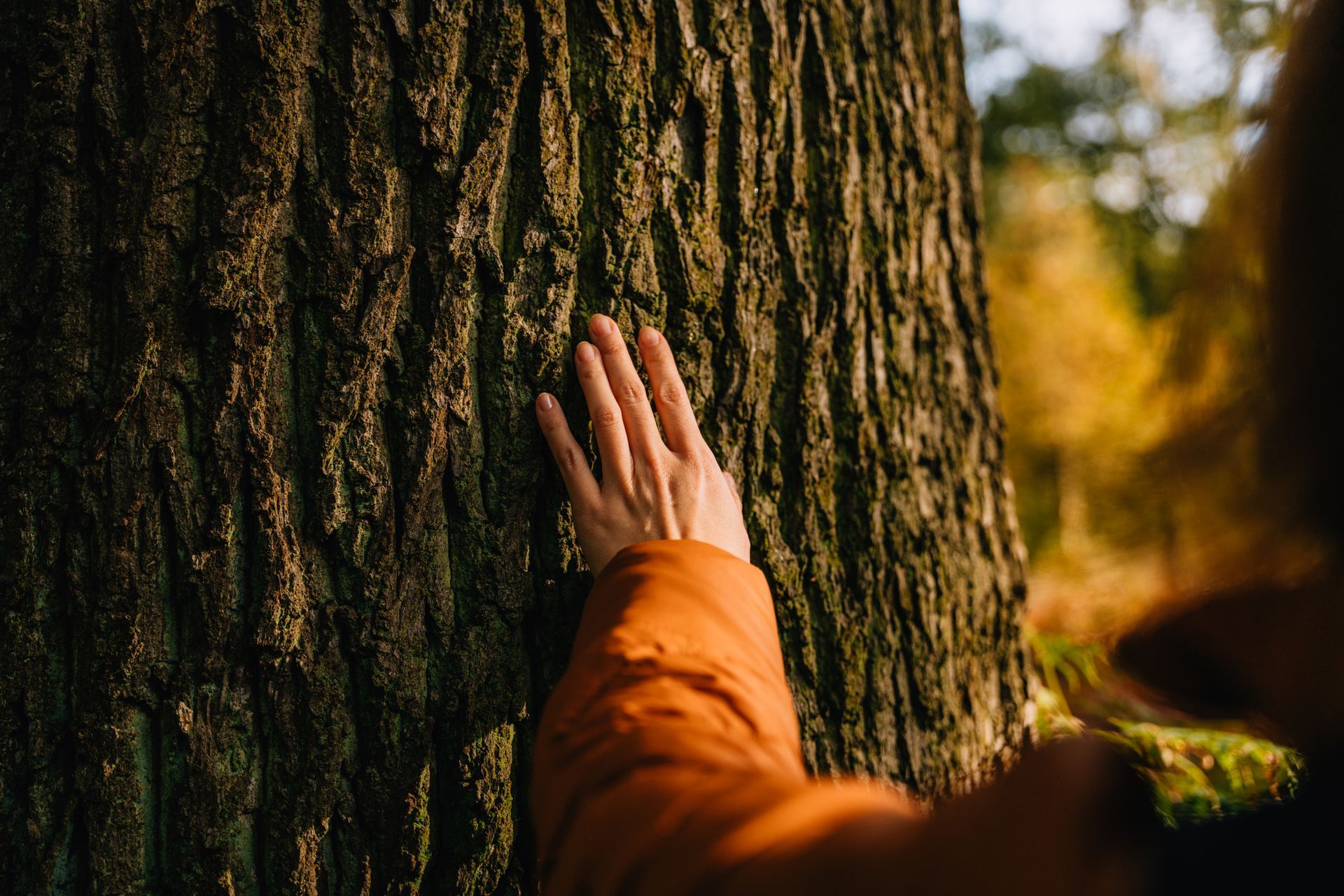
In the arid landscape of Nevada, maintaining a beautiful, healthy yard can be challenging. Trees are vital to your property’s ecosystem, offering shade, aesthetic appeal, and even boosting property values. However, without proper care, they can become potential hazards and eyesores. Tree trimming, an essential aspect of tree maintenance, can make all the difference in ensuring your trees flourish in the desert environment. In this blog, we will explore tree trimming and its techniques, emphasizing how it benefits your trees and property.
The Basics Of Tree Trimming
Tree trimming is a fundamental aspect of tree care, and it involves the removal of specific branches and foliage to enhance the tree’s overall health and appearance. It is important to note that tree trimming and tree pruning are not the same. While pruning focuses on removing damaged or diseased branches, trimming aims to shape the tree and promote health.
In the arid climate of Las Vegas, tree maintenance is critical to ensure that your trees can withstand the harsh conditions and thrive. Let us dive into the different tree trimming techniques and discover how they contribute to the well-being of your trees.
Types Of Tree Trimming Techniques
- Dead Pruning: Dead branches can pose a significant risk to your property and other living branches. Dead pruning involves the removal of these lifeless limbs, preventing potential accidents and diseases from spreading.
- Crown Thinning: This technique entails the strategic removal of inner branches and foliage to increase air circulation and sunlight penetration. Crown thinning helps improve the overall structure and health of the tree.
- Crown Lifting: Crown lifting involves the removal of lower branches, creating space beneath the tree’s canopy. This not only enhances visibility but also ensures safety on your property.
- Crown Reduction: If your tree has grown too large for its surroundings, crown reduction is the solution. It involves reducing the height and spread of the tree’s canopy while maintaining its natural shape.
- Pollarding: While not suitable for all tree species, pollarding is an effective technique for maintaining smaller trees. It involves regular pruning to encourage new growth and maintain a specific size and shape.
Promoting Tree Health Through Trimming
Tree trimming is more than just aesthetics; it’s about promoting the health and longevity of your trees. Here is how it contributes to tree health:
- Disease Prevention: Removing dead or diseased branches prevents the spread of diseases to healthy parts of the tree.
- Pest Control: Regular trimming helps identify and eliminate potential pest infestations, safeguarding your tree’s well-being.
- Improved Airflow: Crown thinning and lifting enhance air circulation within the canopy, reducing the risk of fungal growth and improving tree health.
Promoting Tree Health Through Trimming
Beyond tree health, tree trimming enhances the safety of your property. Eliminating weak or overhanging branches reduces the risk of accidents during storms or high winds. Additionally, well-maintained trees improve the overall aesthetics of your landscape, boosting curb appeal and property value.
Tailored Services From Rocky’s Tree Service
In the challenging climate of Las Vegas, tree trimming is not just an option; it’s a necessity. Regular trimming ensures your trees thrive, remain safe, and add value to your property. Do not compromise on the health and beauty of your trees—invest in professional tree trimming services to unlock their full potential.
Whether it’s dead pruning, crown thinning, or any other technique, the experienced team at Rocky’s Tree Service is here to help. Let us handle your tree trimming needs in the Las Vegas, Nevada, area. Request a free estimate by calling (702) 294-8900 today!







